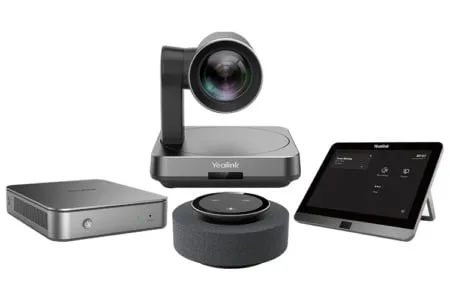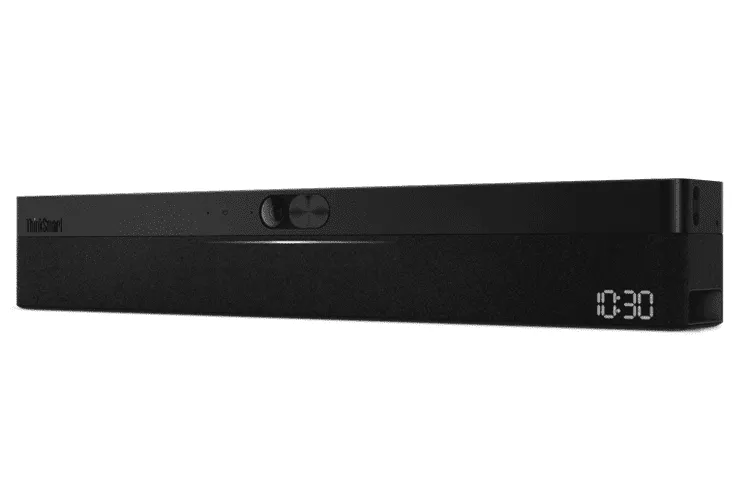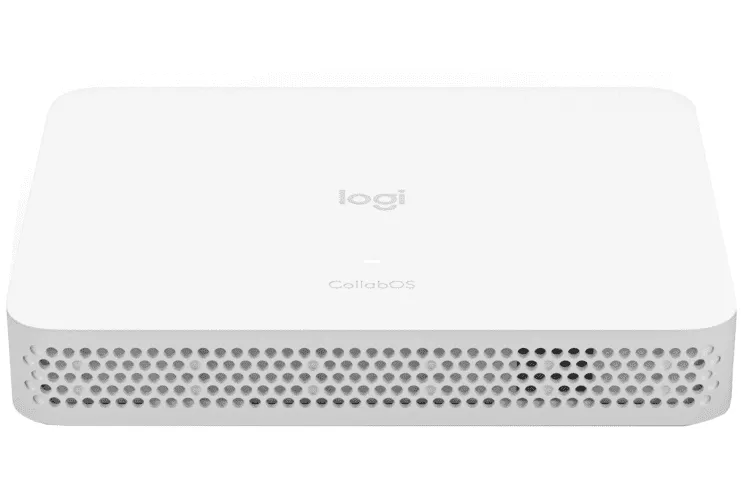
Knowledge base
November 16, 2022
Microsoft Teams Rooms for Androids versus Windows
We adopt Microsoft Teams Rooms – What are the key considerations for ‘Android versus Windows’?
Ah, the seeming constant in an ever-changing Microsoft Teams Rooms landscape: the question, “Windows or Android?”
Having chosen Microsoft Teams as your meeting platform, you now have the task of equipping your meeting rooms with the appropriate Teams Rooms devices and configurations. There are so many variables that will potentially drive the decisions made within this task, such as job requirements, room sizes, OPTIONS FOR OEM device management, etc. While new devices and room systems are constantly appearing on the market and offering a growing range of options in this ecosystem, the one thing that seems to be common among all customers is the need to unravel the issue of Windows-based Microsoft Teams Rooms versus Android-based Teams Rooms. So – how do you begin to wade through this decision point?
What is a Windows-based Teams Rooms system?
Let’s start with some basics. The first “room systems” to be certified as Teams Rooms Systems were Windows-based systems; there were no android-based room systems when this category of certified-for-Teams devices was created. This was due to several factors, including the fact that Microsoft builds the Windows operating system, as well as a plethora of tools for managing and controlling devices that run the Windows operating system. This, of course, was a natural starting point.
The features of a Windows-based Microsoft Teams Rooms traditionally include the following:
– The Microsoft Teams Room runs a version of the Windows IoT operating system.
– The Windows operating system runs on a separate small form factor PC (from various PC OEMs).
– The system has separate, modular components, including a camera for in-room video, microphones and speakers for in-room audio, a touch screen for meeting controls and 1 – 2 displays at the front of the room for remote participant and content viewing.
– All components (except displays) undergo rigorous testing as part of the certification process to ensure they are optimized for use in a Microsoft Teams meeting.

As you can see from the above, Windows-based Microsoft Teams Rooms have always been modular systems in architecture. The only exception to this pattern is Lenovo’s recently announced all-in-one collaboration bar device, the Lenovo ThinkSmart One, with the Windows operating system on board.


What factors should I consider when trying to choose between the two?
Let me begin by answering this question with a non-answer: there are many factors involved, but many of them cannot be considered if certain factors are make-or-break factors for an organization. Clear as mud? Thought so! Let me see if I can clear that up, using “Available Features” as our first factor.
Available functions
Microsoft has stated that their goal is to have feature parity on both Microsoft Teams Rooms on Windows and Teams Rooms on Android. To be clear, they have made significant progress in that area. Many of the roadblocks for certain organizations when it comes to Android solutions have been removed via new feature releases. However, there are still some features available on Windows that are not yet available on Android, and some that are not even on the roadmap for Microsoft Teams Rooms on Android:
1. Content Camera – While Content Camera (the ability to digitize and share a physical whiteboard in the meeting) support is expected to eventually come to Teams Rooms on Android, it is currently only available on Windows systems.
2. Coordinated meetings – This feature – the ability to configure a Surface Hub and a Teams Rooms system to work together, as a single solution, is only present on Teams Rooms on Windows and is not currently expected in Teams Rooms on Android.
3. Front Row Layout – This layout has been widely pushed as one of the more equitable meeting experiences available to Microsoft Teams meeting participants in the room. However, it is currently only available for Teams Rooms on Windows systems.
As you can see, if any of the above features are “must haves” for your organization, your decision suddenly becomes much easier. For a side-by-side comparison of Teams Rooms features, take a look at the list Microsoft maintains: Teams Rooms for Windows and Android feature comparison.
Easy installation & implementation
This factor is not as clear of a delineation as it once was, due to the increasing options referenced above, and the expiration of typical form factors between the two camps. In general, however, Android systems are often seen as simpler implementations with less cabling, fewer components to place and install and an overall simpler physical implementation. Therefore, if ease of installation and deployment is a consideration for an organization, this may tend to favor the Android pad.
Management options
The ongoing monitoring and management of devices after acquisition and deployment is a very big concern for organizations. There is always a desire to reduce the number of “panes” where possible, and some management operations are possible in some tools for one operating system, where they may be limited or completely unavailable in other tools.
An example of this in organizations that have traditionally managed the Windows devices in their environments with SCCM. This is simply not possible with Teams Rooms on Android systems.
Another example is the growing prevalence of Azure Conditional Access and Intune within an organization’s device management strategy. Some policies and conditions within these utilities are supported on Windows, but not on Android. The good news is that both Windows and Android Teams Rooms systems are supported in these tools and in more and more ways, but the differences in supported policies and conditions can serve to further complicate the decision about which path to take.
Can’t we just choose both?
This brings us to the final decision factor: you can run BOTH Teams Rooms on Windows AND Teams Rooms on Android in the same organization. Yes, this introduces some monitoring and management complexity, but it is a perfectly acceptable decision to make, if it is the right decision for your organization’s needs. However, it is another wrinkle in the decision-making process to figure out.
At the end of the day, as can be seen, what looks like a simple “Choice A or Choice B” decision is a much more complex decision and can have a major impact not only on the meeting room experience, but also on how you manage your environment in years to come. THAT is exactly why you want a trusted partner, like Diversified, with subject matter expertise in this exact area, by your side to help you on this journey of modernizing your collaboration strategy.
Never hesitate to contact myself or one of your other friendly diversified account representatives today; we’d be happy to help you solve the “Windows vs. Android” riddle as you go along!
Source: onediversified
Want to know more?

Related
blogs
Tech Updates: Microsoft 365, Azure, Cybersecurity & AI – Weekly in Your Mailbox.









